
Eye Safety and Prevention
Safety and prevention strategies are always a good idea, especially when it comes to eye injuries. Have a plan in place, whether you're at work, home or enjoying fun activities.
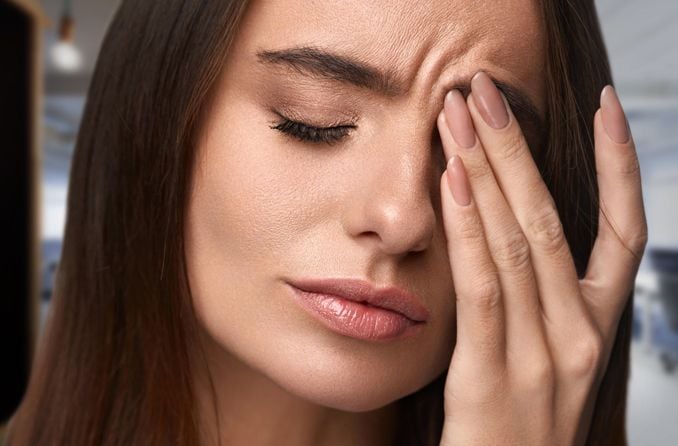
Seven everyday things that put your vision at risk include rubbing your eyes, not wearing sunglasses and to much screen time. Get the complete details.
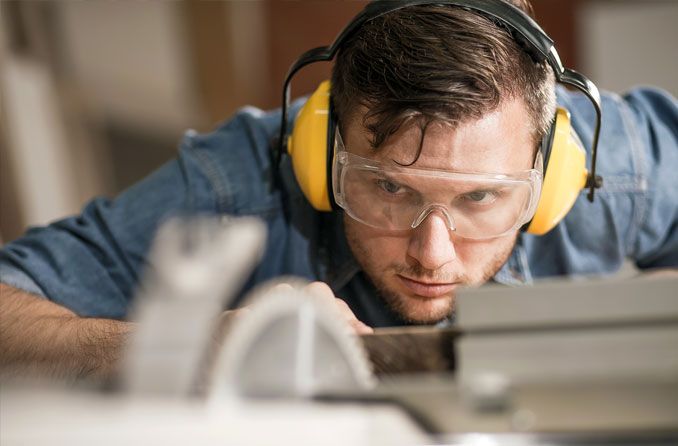
Learn the common causes of eye injuries at home, work and play; how you can keep your eyes safe; and what to do if you suffer an eye injury.

Dr. Gary Heiting explains how to prevent eye injuries and protect your eyes when you deep-frying your turkey this Thanksgiving.

Experts say more than 90% of eye injuries can be prevented by wearing safety glasses and taking other precautions.
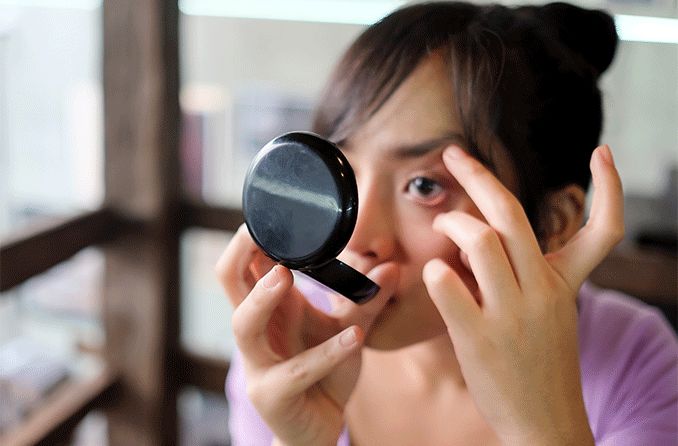
Learn how to get something out of your eye safely, as well as how to prevent infection and when you should seek professional help.

Sun gazing involves looking directly at the sun to reap benefits for spiritual, physical and mental health. However, the risks for eye damage are high and should be taken seriously.
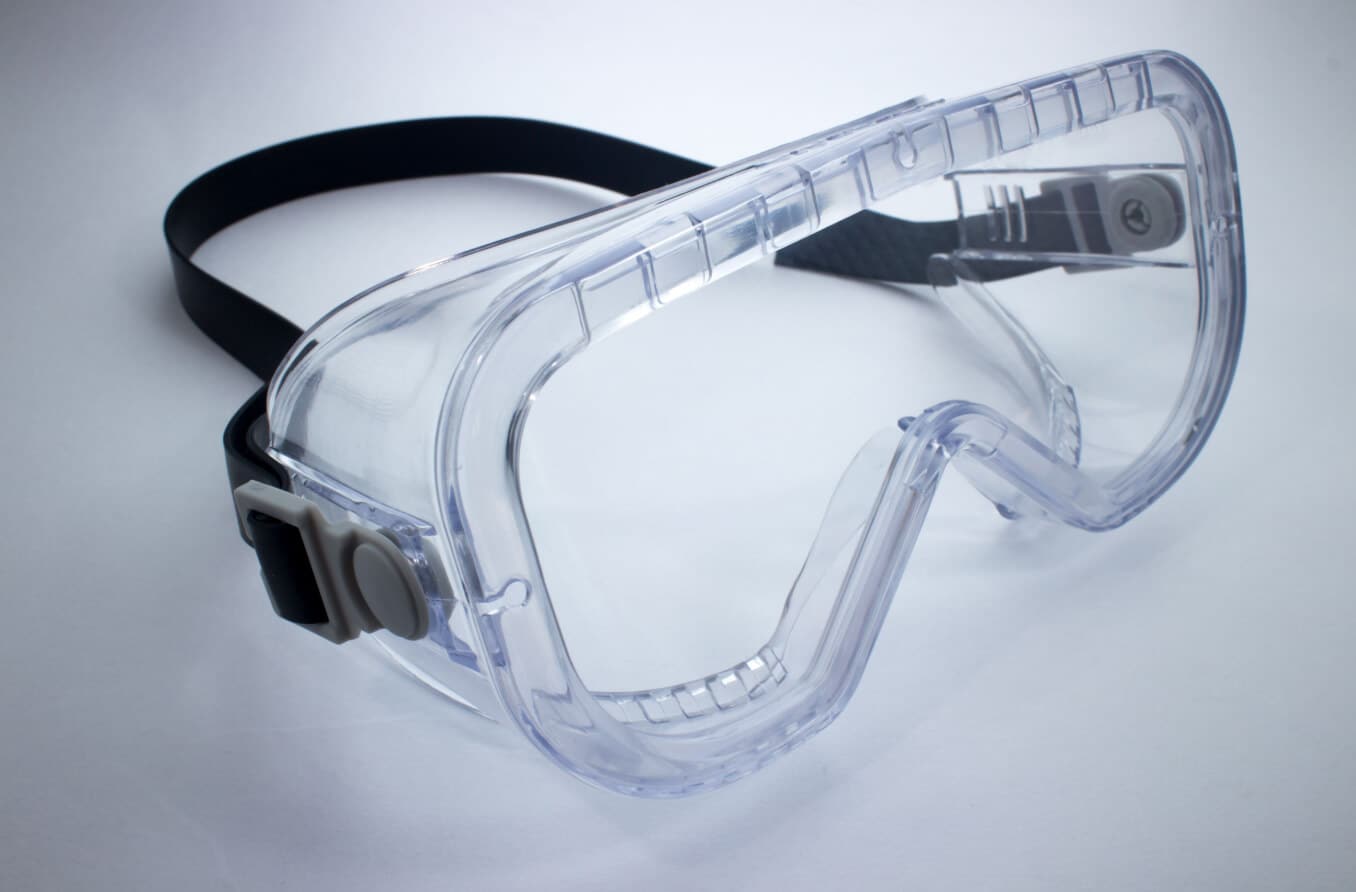
Learn what you need to know about safety glasses and goggles, including details about protective eyewear standards.
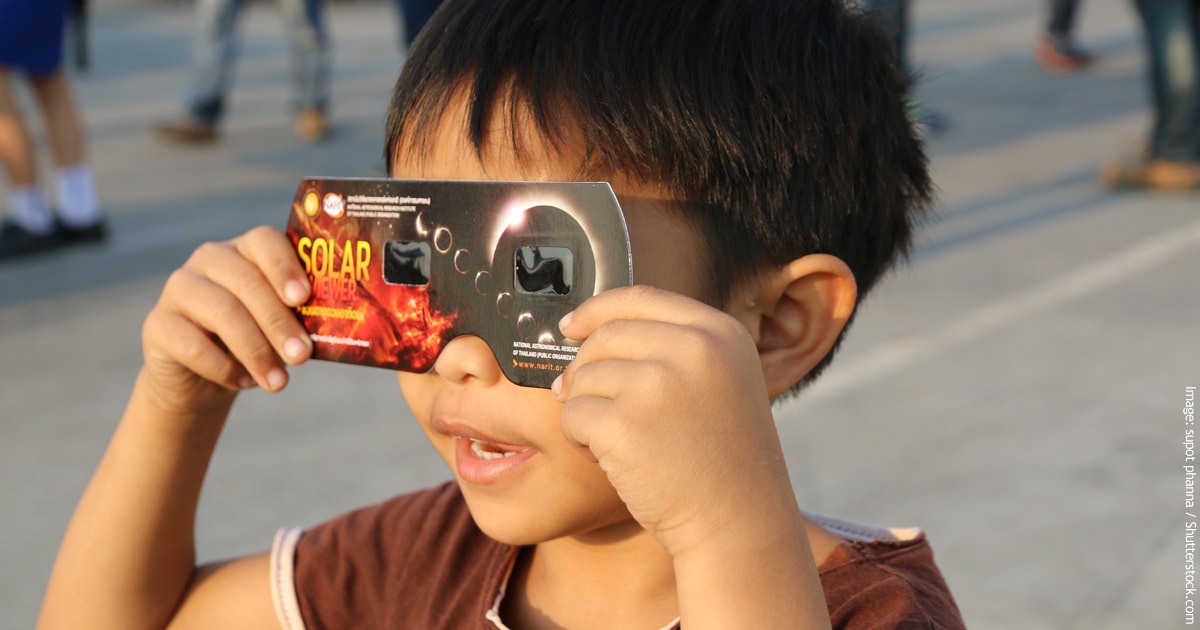
Safely observe the October 14, 2023, and April 8, 2024, solar eclipses. Learn how to protect your eyes with eclipse glasses and pinhole projectors.
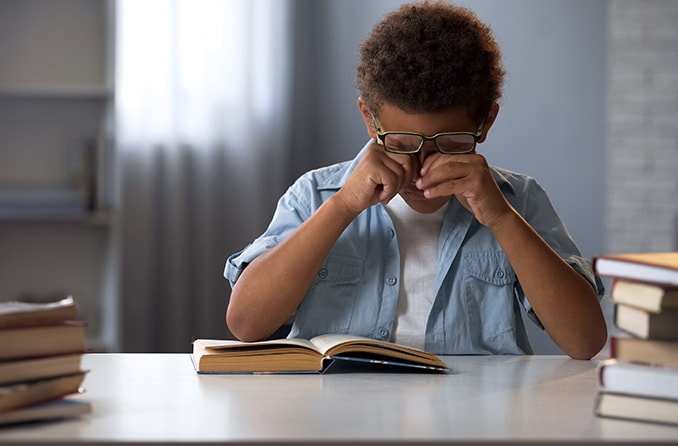
Rubbing your eyes is a very bad, potentially dangerous habit. Besides cosmetic, safety and hygiene-related risks, rubbing your eyes can damage your sight.

Smoke in your eyes? Learn how to prevent and soothe wildfire-related eye problems.
All About Vision and AllAboutVision.com are registered trademarks of AAV Media, LLC. © 2000-2025 AAV Media, LLC. The content on this site is for informational purposes only. All About Vision does not provide medical advice, diagnosis or treatment. Contact an eye doctor if you need medical attention.